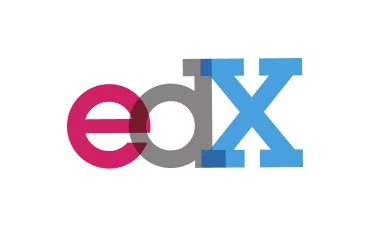When you enroll through our links, we may earn a small commission—at no extra cost to you. This helps keep our platform free and inspires us to add more value.

StanfordOnline: Your Body Inside and Out: Using Exercise Physiology to Slow Aging
This online class will present the latest scientific information on the interaction between aging and physical activity. In an approachable style, you will learn how your physiology changes with age and how different types of movement can impact that trajectory of aging. Physical activity is a powerful medicine and you will learn how to harness its benefits to improve your health and wellness throughout the lifespan. Whether you are new to exercise or a life-long athlete, this class will open your eyes to the amazing systems within your body and help you strategize on activities that fit your goals for a healthy life. Note: This class is self-paced, so despite the "One Session Start Date" below, you can start any day you are ready. We look forward to seeing you online.

This Course Includes
 edx
edx 4.8 (5 reviews )
4.8 (5 reviews ) 8 weeks at 2-4 hours per week
8 weeks at 2-4 hours per week english
english Online - Self Paced
Online - Self Paced course
course StanfordOnline
StanfordOnline
About StanfordOnline: Your Body Inside and Out: Using Exercise Physiology to Slow Aging
Physical activity is a powerful medicine but, in the modern world, we have drifted away from incorporating activity into our lives. As the barriers to daily movement have gotten stronger, the burden to exercise has gotten greater. These challenges are made worse for individuals in midlife and beyond who experience physical impairments or who are new to regular physical activity. As scientists learn more about the pathways of disease, the causes of aging and the mechanisms by which exercise exerts its benefits, better strategies to slow (i.e. “hack”) the aging process have also emerged. The benefits of exercise impact nearly every area of health and disease that older individuals are concerned about including the risk for dementia, cardiovascular disease, stroke, musculoskeletal disorders, obesity, diabetes and more. Through a series of informative lectures by Anne Friedlander, you will learn how your body normally changes with age and how physical activity can be used to slow that trajectory of aging. The science of exercise will be explained in combination with practical tips (such as how much and what kind), so that you can harness the power of physical activity to optimize healthy aging.
What You Will Learn?
- Lifestyle Activities – Like the lettuce in your salad, lifestyle activities will provide the foundation for your healthy lifestyle. Whether it is walking the dog or carrying your groceries, small changes throughout the day can make a difference in your overall health and function..
- Cardiovascular System – Your heart, vessels and blood provide a network that delivers oxygen and nutrients while removing waste products, essentially keeping you alive. Optimizing the function of the cardiovascular system throughout your life will provide you with more energy, reduce your risk for disease and help you live longer. .
- Muscles – Preventing muscle loss as you age is critical to maintaining function and independence. Using your muscles regularly at all ages also reduces the risk for disease and premature mortality. .
- Bones – Often considered a “dead” tissue, bones are surprisingly responsive to the loads that are placed upon them. Keeping a healthy skeleton through physical activity can reduce the risk of debilitating fractures and osteoporosis later in life. .
- Joints – Smooth, pain free joints are critical to continued movement throughout the lifespan, so keeping them functioning should be a priority. In contrast to what many people believe, moderate physical activity can help optimally maintain joints and actually reduce the risk for osteoarthritis. .
- Brain – One of the best things you can do to maintain your brain as you age is to engage in regular physical activity. New information is emerging every day as to how your brain and body are intimately connected through a bi-directional communication network. What is good for your body is good for your brain. .
- Cellular Aging – Many of the benefits you see from physical activity at the whole body level are results of what is happening down in the individual cells. Physical activity can improve repair mechanisms, lengthen telomeres (an indicator of aging) and even reduce cell death. In essence, physical activity can make your cells appear and behave younger! .